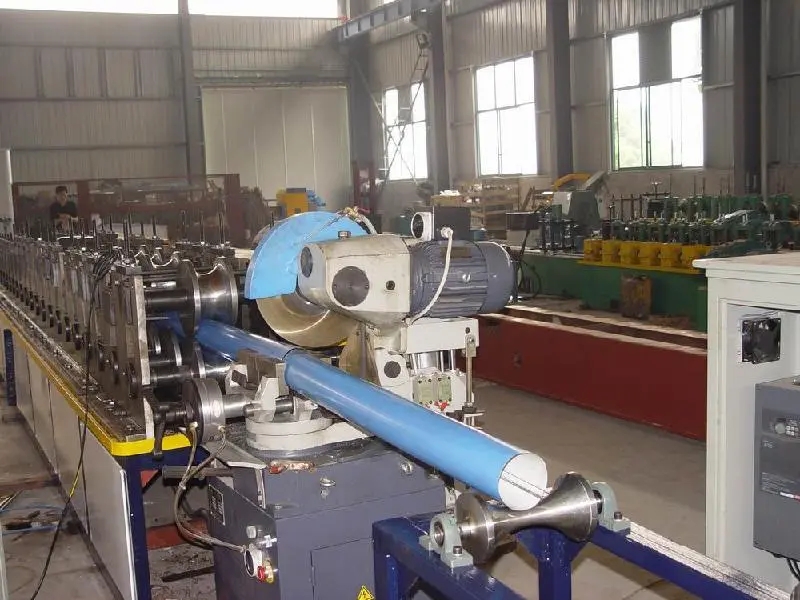
Stud and Track Keel Roll Forming An Overview
Roll forming is a sophisticated process utilized in manufacturing to produce long lengths of uniform cross-sectional shapes from metal sheets or strips. One of the most significant applications of roll forming is in the production of stud and track systems, commonly used in the construction and building industries, especially for wall systems, ceilings, and partitions. This article delves into the intricacies of stud and track keel roll forming, its importance in construction, the manufacturing process, and its advantages.
Understanding Studs and Tracks
In the context of construction, studs are vertical framing members, usually made from steel or aluminum, which are used to support walls and other structures. Tracks are horizontal members that serve as a base or ceiling support. The stud-and-track system is crucial for modern lightweight construction, providing both structural integrity and flexibility in design.
The Importance of Roll Forming
Roll forming allows for the continuous shaping of metal into desired configurations. This is particularly advantageous when producing stud and track systems because it enables high-volume manufacturing while maintaining consistent dimensions and tolerances. The efficiency of the roll forming process reduces waste material, lowers production costs, and enhances overall product quality.
The Roll Forming Process
The roll forming process for stud and track components involves several key steps
1. Material Selection The process typically starts with cold-rolled steel or galvanized steel, selected for its strength, durability, and resistance to corrosion. Thickness may vary depending on application requirements.
2. Slitting The metal sheets or coils are slit into appropriate widths, allowing them to be fed into the roll forming machine at the desired size.
3. Roll Forming The prepared metal is then fed through a series of rollers. These rollers gradually shape the metal into the desired profile through a series of controlled bends and curvatures. Each station in the roll forming line is designed to incrementally shape the metal.
4. Cutting to Length Once the desired profile is achieved, the continuous length of formed metal is cut to specified lengths using automated cutting systems, ensuring uniformity in the final products.

5. Finishing The formed stud and track components may undergo additional processes, such as punching holes, applying surface finishes, or galvanizing, to enhance durability and facilitate assembly.
Advantages of Stud and Track Roll Forming
Stud and track keel roll forming provides several advantages over traditional manufacturing methods
- Precision The continuous nature of roll forming ensures consistent dimensions, which is critical for the structural integrity of construction components.
- High Productivity Roll forming can produce large volumes of products quickly, reducing turnaround times for construction projects.
- Material Efficiency The process minimizes scrap waste due to its design, allowing for better optimization of raw materials.
- Flexibility Roll forming machines can be adjusted to produce various profiles, making them versatile for different construction needs.
- Cost-Effectiveness With lower material waste and faster production times, roll forming systems contribute to reduced manufacturing costs, benefiting construction budgets.
Applications in Construction
The stud and track systems manufactured through roll forming are widely employed in commercial buildings, residential homes, hospitals, schools, and other infrastructures. These systems facilitate faster assembly times on-site, allowing for lightweight installations that do not compromise structural integrity. Additionally, their compatibility with modern insulation methods enhances energy efficiency, contributing to sustainable building practices.
Conclusion
Stud and track keel roll forming is an essential process in modern manufacturing and construction. Its ability to produce high-quality, precise, and cost-effective structural components has revolutionized how buildings are designed and constructed. As the construction industry continues to evolve and embrace advancements in technology, roll forming will remain a cornerstone of innovative building practices, providing solutions that meet the increasing demands for durability, sustainability, and efficiency.